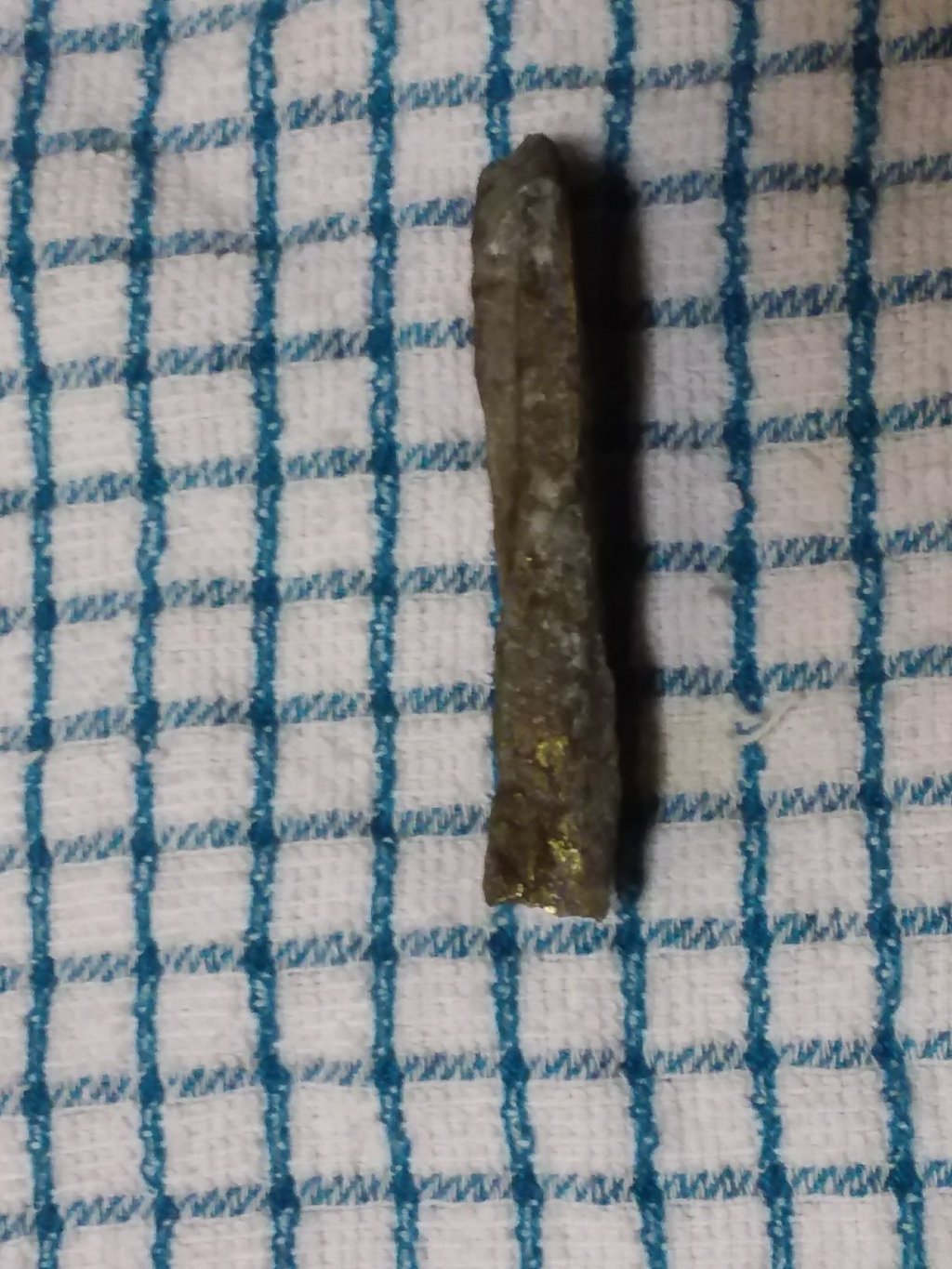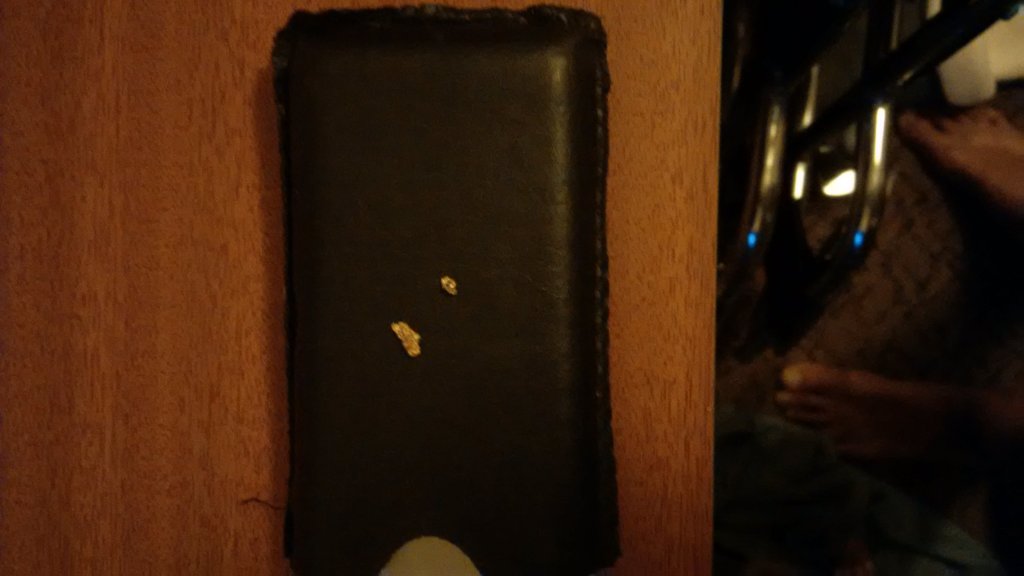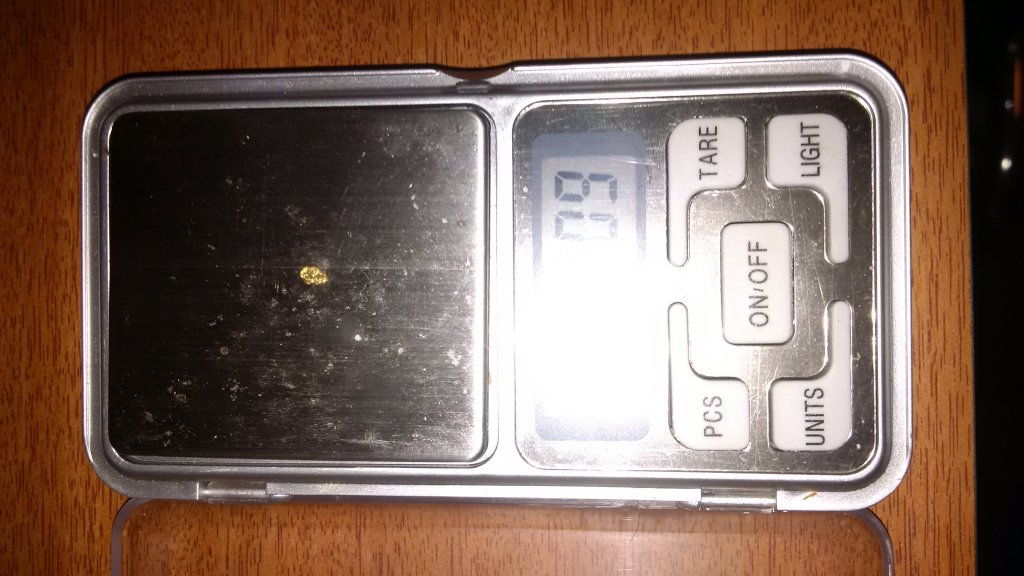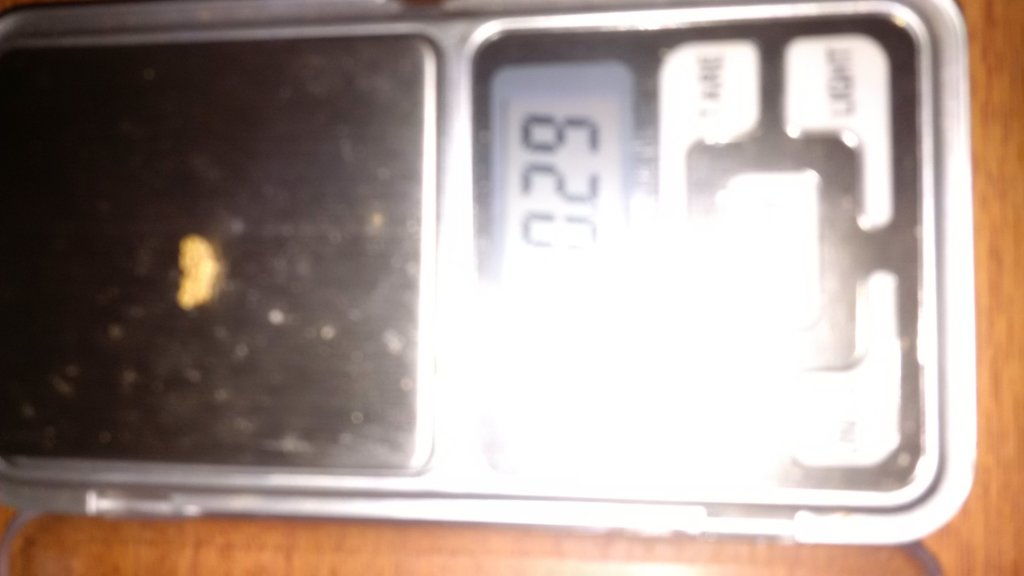Yesterday I visited Howard, who made a little modification to one of my QEDs. I have the old prototype from late 2016, and one that is more or less a production model. The prototype is kept in original form as I wish to keep it that way. I only wish I still had the Minelab GT16000 prototype that I tested back in 1987, or the prototype SD2000 that I had in 1989. I made the mistake of not keeping those machines, as I'm sure that now they would have historical significance. I won't make the same mistake again.
Each time I visit Howard I learn something new about the QED. He is always working on ways to improve the performance and the usability of his detector, and I am amazed at the way his mind works. He explained to me how the new mode 16 had no ground balance, and how in sand it would detect much deeper, and then demonstrated this feature with an air test that just blew me away. I am now keen to test this on very benign ground such as granite bottom to see if it can function as in sand. If it can, it will be seeing some use on country that has been very good to me in the past.
Another little trick he showed me related to a problem expressed by QED users in relation to changeable country, such as some mullock heaps, ironstony and clay patchy ground. Auto ground balance, and then balance manually to as close to a null as possible. In very tricky ground a perfect null is not always obtainable, but get as close as you can. Go to function 3 which is THS-A. The neutral here is 50. Increase by a click at a time until you have the threshold you require. Now go to function 9 which is SMR and is designed to tune out EMI. By altering this setting you can tune out any ground induced EMI that is preventing a GB null. In the test we did this occurred at just over 50, but may vary with different coils and ground situations.
I hope this is helpful to QED users, and would like to hear of results.







